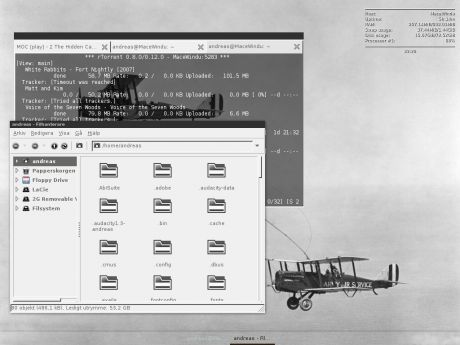
As society increasingly relies on high-quality software, applications need to be as adaptive as possible. EU-funded researchers successfully contributed to the development of sophisticated software systems that can readily adapt in the face of changing user needs and environments.

Integrating provenance-based probabilistic information into the Semantic Web can help revolutionise how digital material can be stored and retrieved.

Fibre optic communication and wireless communication are joining forces to create the next generation of data transfer with faster speeds and enhanced efficiency.
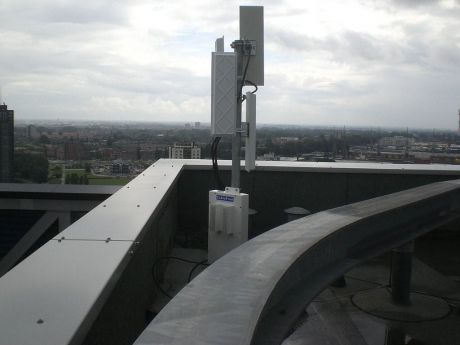
With wireless networks connecting users to information technology devices and to other users, how far behind are wireless interconnects for chips?
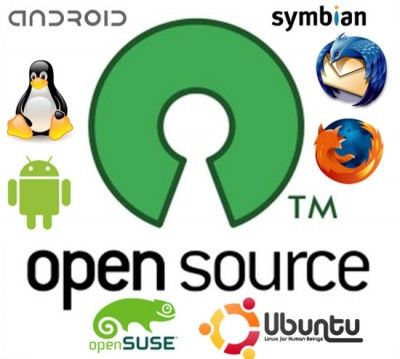
Studying the economics of open-source software (OSS) and how it could supersede proprietary software could help Europe innovate while offering cost-effective solutions to users.
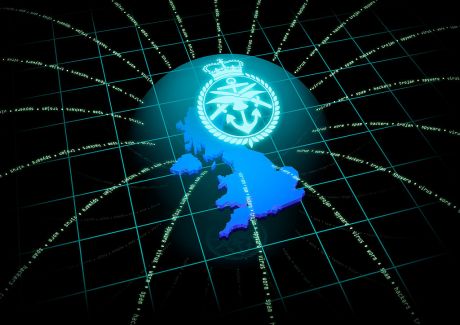
With the help of a common collaborative and information sharing platform using the internet, organised crime can be better detected and prevented.
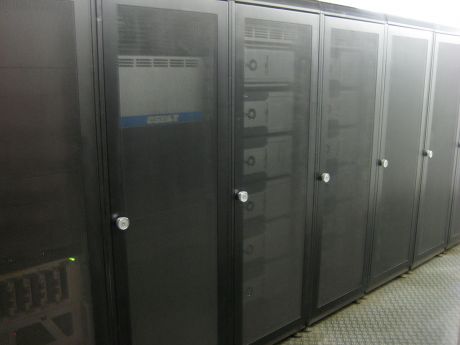
An EU venture established a school offering training in matters affecting data centres. The team defined training needs while also yielding a community communications portal, new funding relationships, plus novel professional standards.
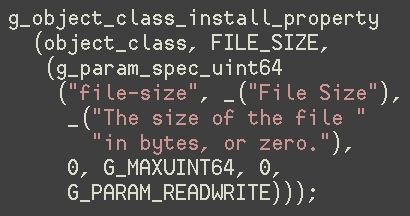
High-tech tools to evaluate applications in software engineering are supporting the use of cutting-edge programming languages that are poised to facilitate software development.

Error propagation is a common feature of every complex network. EU-funded scientists studied this phenomenon to understand how information spreads over networks, knowledge that may lead to improvements in their performance.
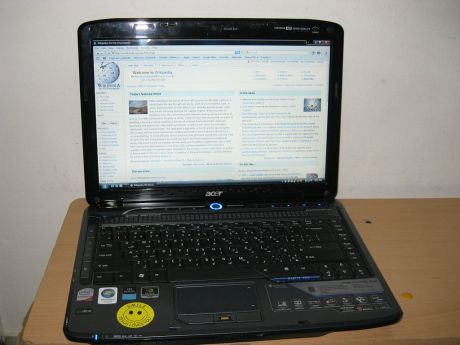
An EU team extended an earlier project, yielding a mashup system enabling companies to rapidly develop software applications. Offering new tools and interfaces, plus community interaction, the demonstrator was successfully applied to risk-analysis.

An EU team has provided new capability for transmission of high-quality remotely sensed video. Superior compression techniques overcame previous limitations, improving performance from low-power drones and offering new low-light applications.

An EU team has developed associations among three universities. The research involved wireless broadband networks, potentially leading to significant performance improvement combined with lower power requirements.
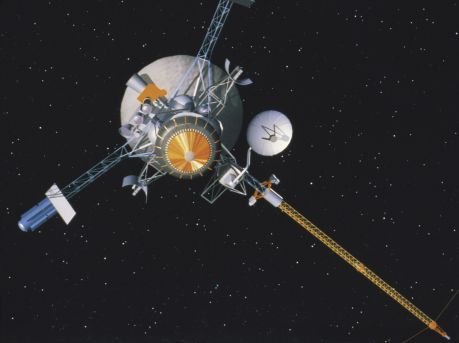
Technology able to support multi-Gbits/s communication networks has been developed to transfer data from instruments to the mass memory and then to the downlink telemetry unit, but this was restricted to United States missions. An EU-funded project has remedied the situation.

An EU team examined the mathematical properties of networks. Focusing initially on internet applications, the results improve stability and efficiency, while also illustrating the interesting features of all other kinds of networks.
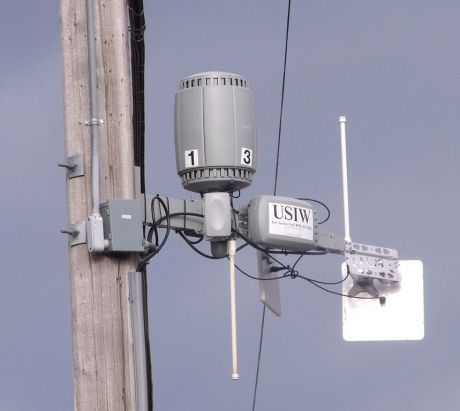
While creation of test beds for novel wireless cooperative networks was halted due to force majeure, a golden opportunity remains for a future EU-funded project to investigate this promising technology.

EU-funded researchers are working on a shared infrastructure with access to Earth observation (EO) data, high-performance computing solutions and near-real-time data ingestion.

The increasing demand for wireless devices and equipment is eating up available bandwidth at a faster rate than ever. Improved technologies in the field could help overcome the challenge.

An EU team explored the concept of cooperative transmission in free-space optical (FSO) networks. They reported significant performance improvements verified through extensive simulation studies.
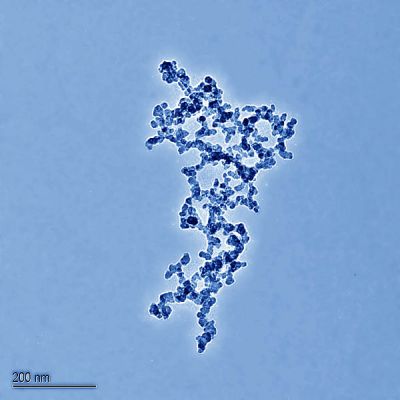
Computational models shed light on interactions of important classes of nanoparticles with biological membranes. The results point the way to both potential hazards requiring further investigation as well as a new processing route for nanocarbon.

EU-funded scientists developed novel materials for efficient thermo-electric energy conversion.
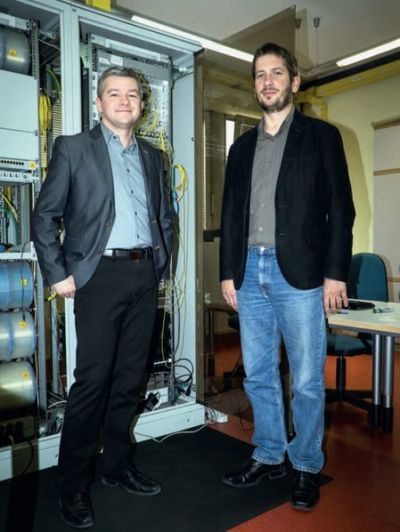
The prototype of a new-generation router, which allows to accelerate data transmission on the Internet, has been designed by Jerzy Domżał, DSc, and Robert Wójcik, DSc, of the Department of Telecommunications at the AGH University of Science and Technology in collaboration with Zbigniew Duliński, PhD, of the Jagiellonian University.

According to Bayes' theorem, introduced by Thomas Bayes and presented in a paper in 1763, the probability of a certain state existing or being true can be updated according to new data. Computational models have shed light on possible neural mechanisms of Bayesian inference.
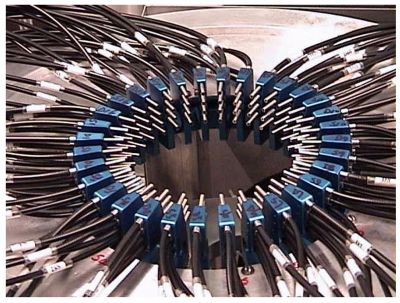
By enhancing quantum control of mechanical devices, EU-funded scientists opened the door for linking quantum physics laws to the macroscopic everyday world.

An innovative new algorithm to reduce the precision of numerical computations when feasible reduces energy consumption in a manner similar to conventional energy-saving techniques. Even better, its applications are virtually limitless.
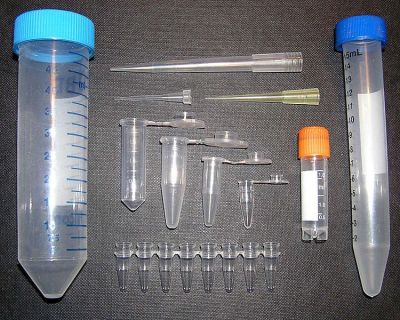
New product creation is largely driven by the development of novel materials with unique properties. EU-funded scientists are untangling the synthesis routes to promising new polymers expected to have major impact on a variety of market sectors.























